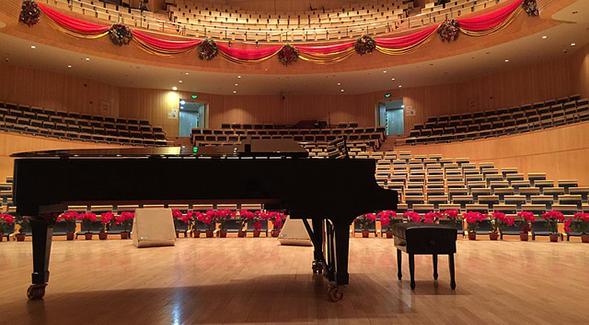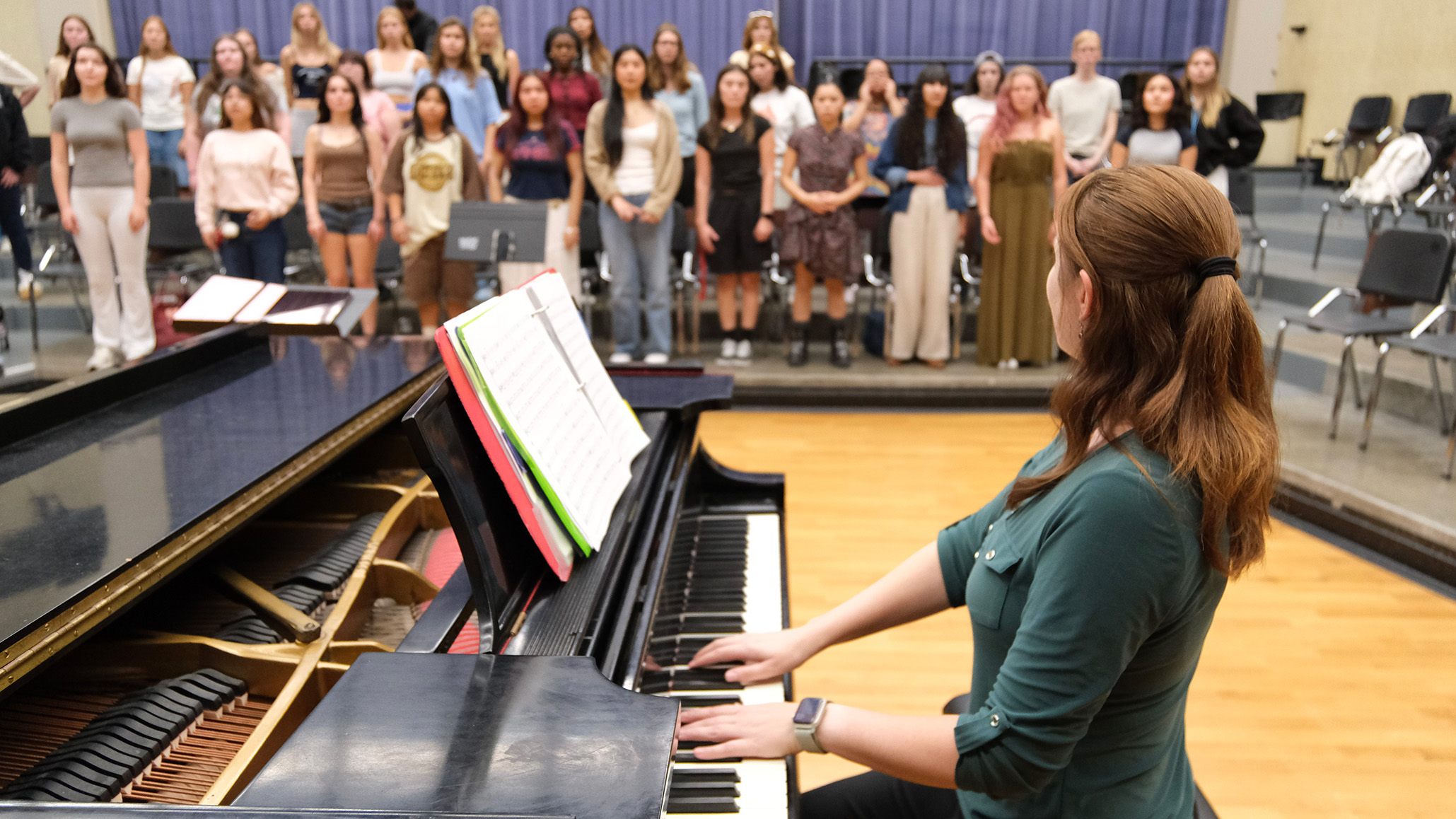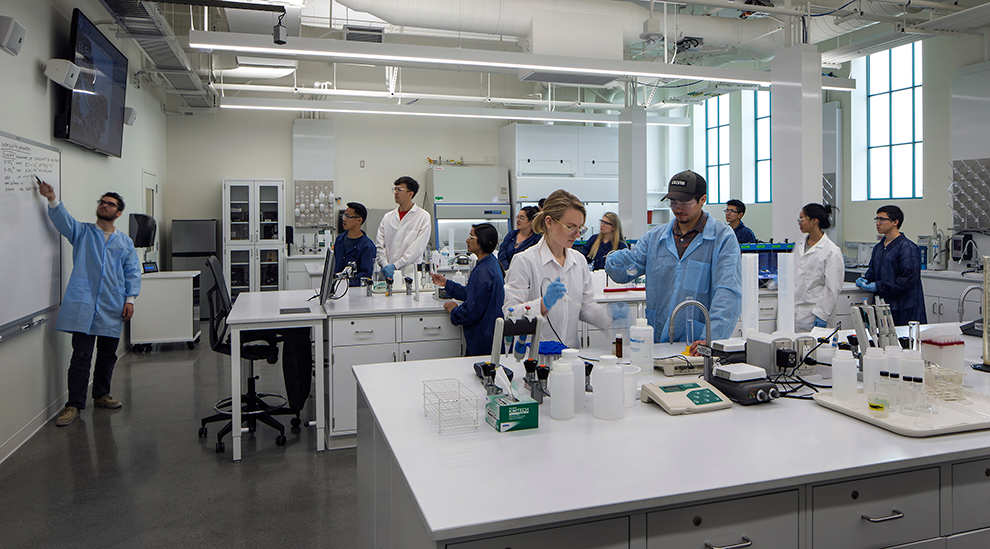New Echo Thief Application Revolutionizes Music Making
SDSU assistant professor Chris Warrens technology allows for music to be made in virtual spaces.

Warren’s research, called EchoThief and developed in collaboration with Stagecraft Software, resulted in a free digital library of impulse sounds that can be used to recreate a sound as if you were playing in another space.
To break down the technology, an impulse sound is something that happens in an instant, like a clap or balloon popping. This impulse sound is used to understand what the reverberation, think multiple echos, is of that space.
“We have two ears, so we are really good about capturing information about the spaces that surround us just through what we hear,” said Warren, who teaches at the School of Music and Dance. “We can tell the difference between being in a concrete tube, concert hall, or cornfield, these all sound entirely different so the reverberation of the spaces we make music in is such an important part of the music-making process itself.”
And that is precisely what Warren did. In his research for his Ph.D. at the University of California San Diego, Warren traveled across North America to capture impulse sounds that can be used to simulate reverberation, as if you are playing music or singing in that exact space.
Warren has an extensive collection of spaces, including concert halls, glaciers, stairwells, cornfields, freeway underpasses, caves, concrete tubes, bridges, and even the passage through SDSU’s Hepner Hall.
The idea for the easy access application began when School of Music and Dance alumna Kayla Gautereaux, who now works at the New England Conservatory as assistant vocal pedagogy director and voice and sound analysis lab manager, was having trouble supporting classical singers who lost access to their auditorium due to social distancing.
“We seldom consider how the space we play in shapes our sound. Practice rooms, rehearsal spaces, concert halls, houses of worship, and other non-traditional creative spaces, keep musicians listening and nimble, responding to the resonance of the room,” said Gautereaux. “The spaces we play inform the artistic choices we make: how long we hold a fermata, how soft or loud we play, the articulation of phrases, and the tempo of the piece.”
“The EchoThief app allows musicians to simultaneously remain in our homes while making music in uniquely reverberant spaces. It gives contrast and variety to the currently accessible acoustic landscape and inspires artists to respond to new environments,” said Gautereaux.
Warren also uses EchoThief technology to help teach his sound design students during virtual learning.
“Right now, my students can’t go to the Electronic Music Studio where they typically do all of their work,” said Warren. “I wanted to create an easy, simple-to-use application that would allow people to bring the rehearsal room, or any space, to their own apartment.”
Warren has licensed this technology with Sony and Bethesda games, to help add audio features that make video games and virtual reality experiences even more real.
In an interactive exhibit for the Carlsbad Museum of Making Music, Warren created a synthesized music-making experience that shifted the reverberations of the room so that the sound of the space changed every few seconds.
Warren plans to further his EchoThief technology in a state-of-the-art sound lab at SDSU being built with philanthropic funds from a Performing Arts District campaign. Through his research, he hopes to license more video games, augmented reality, museum experiences, and software of all kinds. The goal is to create an intellectual property that will support SDSU in this new field of research.



